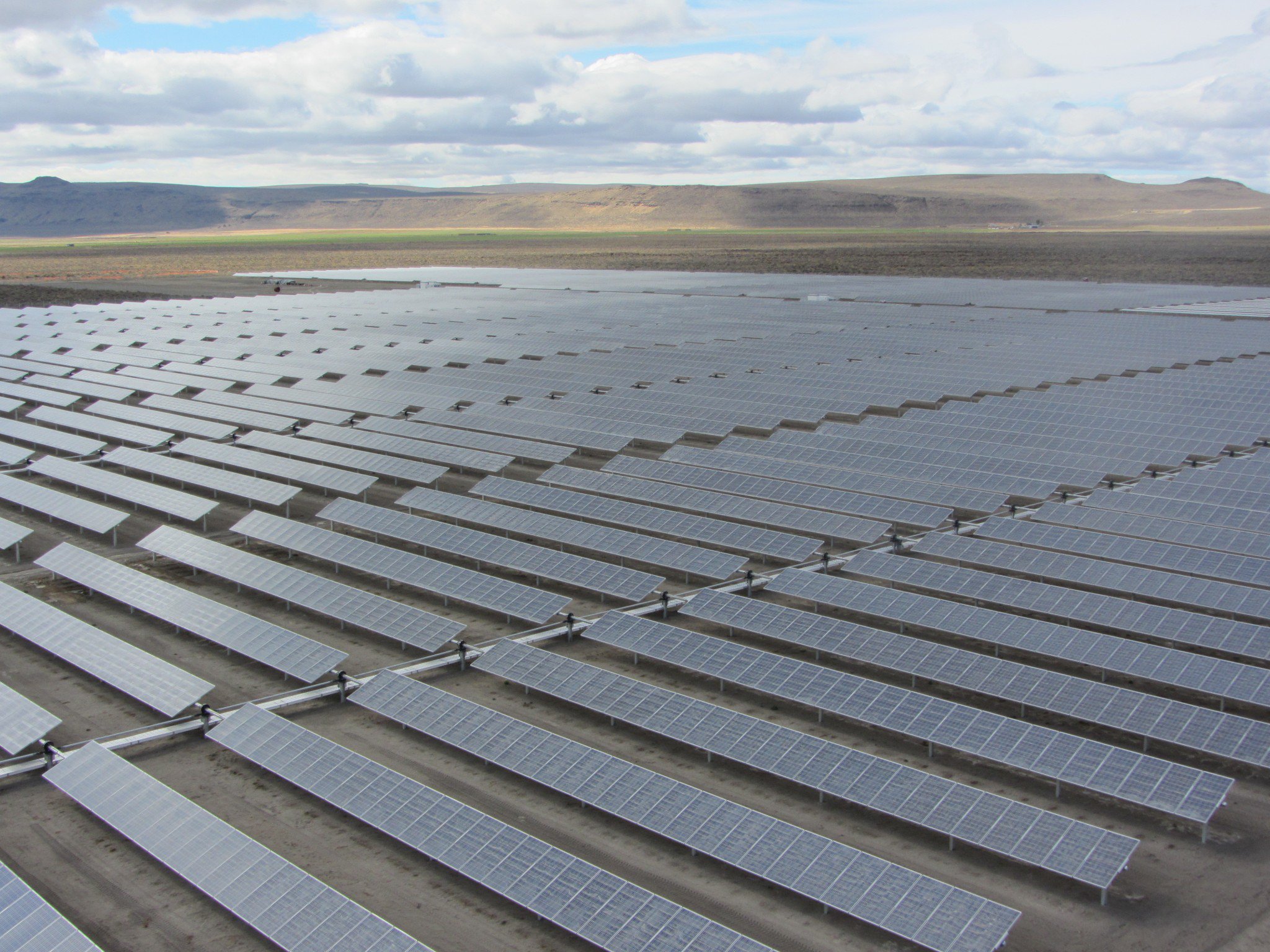Updated Wholesale Electricity Price Forecast: Planning for volatile wholesale market prices during peak times of day, night
- February 22, 2023
- Carol Winkel

Wholesale power markets in the West are a key factor to review annually to track the Council 's 2021 Power Plan, as well as helping utilities in their own price forecasts and providing avoided market emissions rate guidance for state agencies developing building codes.
Clean energy policies and less dependence on new baseload generation to meet growing loads was a prominent feature in the power plan and in the updated 2022 wholesale power market study. These conditions consistently showed extremely large buildouts of new resources, especially solar generation outside the region.
The buildouts implied a persistence of market fundamentals that seemed to be just emerging at the time of the plan’s development, like significant renewable generation curtailment and negative pricing mid-day. This market update, presented at the Council’s February meeting, is another early look at how the plan compares to current market behavior.
Even though the Council plans for the region, the economics of every regional resource decision depends on the market fundamentals and policies throughout the Western grid. Though regional adequacy depends primarily on regional resources, understanding resources that might be available outside the Northwest during stressful times is also important for keeping rates down.
The buildout scenarios used to examine market fundamentals under different policies and conditions in the price study were:
- Baseline
- Limited Markets (no planning reserve margin)
- High WECC Demand (Increased electrification)
- Persistent Global Instability (Build limitations and high gas prices)
- Organized Market
- Emissions Price (Universal Carbon Price)
- No Gas Build Limits (No limits on gas plant builds)
The prices forecast are the Mid-Columbia electricity prices, as they are the accepted representative price proxies for the region.
Key Takeaways
Policies are pusing toward lower variable cost, higher fixed cost system investment. These investments create a natural hedge against fuel price volatility, with existing thermal plant use shifting from baseload toward grid services and ramping. The result is maximizing the hydrosystem and renewable generation to meet clean energy policies.
While annual Mid-C prices have been fairly stable in recent history, variation is closely tied to fuel price variability, evident with the recent sharp fuel price increase due to global events.
Investments in lower variable cost resources like renewable generation likely reduces the correlation with fuel prices in the long run but can create more volatile wholesale market prices based on the availability of fuel in shorter timeframes. Depending on policies, future market structure, and the pace of investment, the wholesale price trajectory could vary drastically.
In terms of hourly price fluctuations across the seasons, hourly prices show increasing wholesale price volatility in the winter within a decade, and increasing volatility in the summer by the end of the study period (early 2040s) in most hours of the day. Most scenarios show continued price pressure around morning ramps in winter and evening ramps in summer and winter.
This explains the shift toward a period-based approach to analyze resource need and prices, which can help energy planners prepare for prolonged periods of negative prices, wide price volatility, or narrow price uncertainty.


